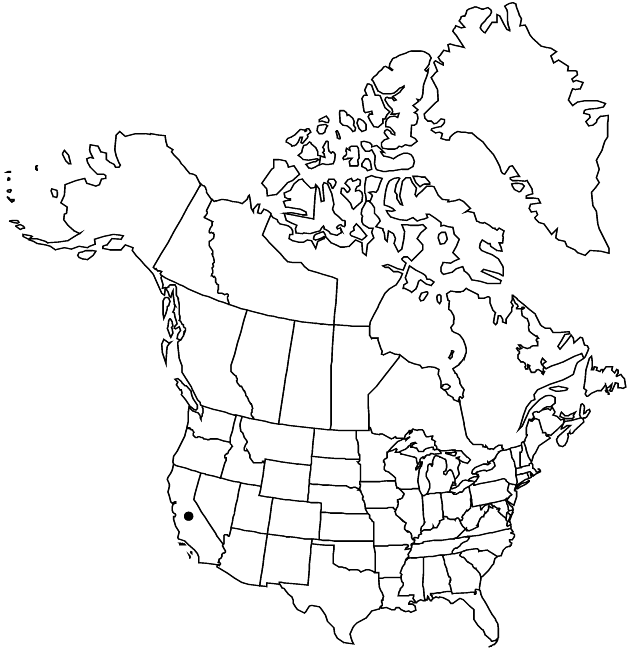Difference between revisions of "Pyrrocoma lucida"
Phytologia 71: 60. 1991.
imported>Volume Importer |
imported>Volume Importer |
||
| Line 61: | Line 61: | ||
|publication year=1991 | |publication year=1991 | ||
|special status=Endemic | |special status=Endemic | ||
| − | |source xml=https:// | + | |source xml=https://bitbucket.org/aafc-mbb/fna-data-curation/src/2e0870ddd59836b60bcf96646a41e87ea5a5943a/coarse_grained_fna_xml/V19-20-21/V20_969.xml |
|tribe=Asteraceae tribe Astereae | |tribe=Asteraceae tribe Astereae | ||
|genus=Pyrrocoma | |genus=Pyrrocoma | ||
Latest revision as of 20:07, 5 November 2020
Plants 20–75 cm. Stems 1–5, erect, glabrous, gland-dotted, resinous. Leaves: basal petiolate, blades lanceolate or oblanceolate, 50–250 × 7–30 mm, margins sharply serrate, ciliate, apices acute; cauline sessile, blades lanceolate, 30–100 × 5–15 mm; faces glabrous, gland-dotted. Heads 12–30 in crowded, glomerate, spiciform arrays. Peduncles 0–1 cm. Involucres campanulate, 9–14 × 6–13 mm. Phyllaries in 2–3 series, loose, linear or lanceolate, 7–13 mm, unequal, bases chartaceous, margins entire, eciliate, apices green, acute to acuminate or caudate, faces glabrous, gland-dotted. Ray florets 12–20; corollas 7–13 mm. Disc florets 25–40; corollas 6–10 mm. Cypselae subcylindric, 2.5–4 mm, 4-angled, faces striate, silky; pappi tawny to brownish, 5–7.5 mm. 2n = 24.
Phenology: Flowering Jul–Sep.
Habitat: Alkaline grassy flats, sagebrush scrub, openings in pine forests
Elevation: 700–1600 m
Discussion
Pyrrocoma lucida is recognized by its gland-dotted, resinous herbage, small heads in glomerate-spiciform arrays, and acuminate-caudate phyllaries. This tetraploid species appears to be closely related to P. racemosa (R. A. Mayes 1976).
Selected References
None.
